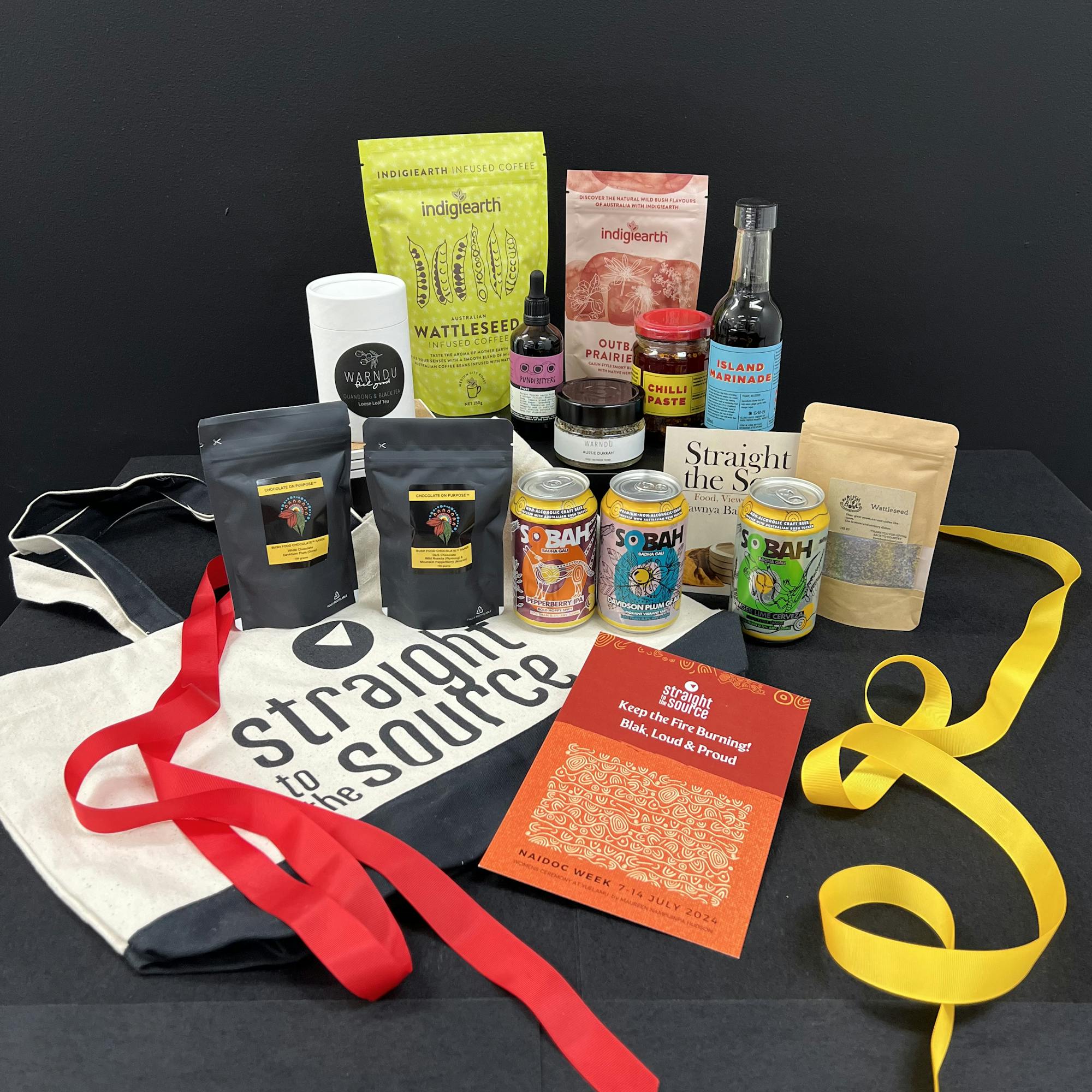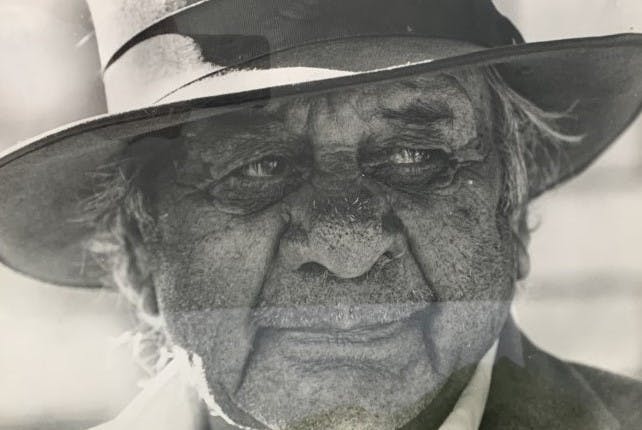Geraldton Waxflower, an Australian native edible that could fool you into thinking it's lemongrass.
In this month's Hospitality Magazine, Tawnya Bahr & Lucy Allon spotlight an innovative new culinary flavour

GERALDTON WAXFLOWER (Chamelaucium uncinatum) is endemic to Western Australia, thought to only occur naturally on the coastal Quindalup dunes between Perth and Geraldton. The native shrub produces a proliferation of white and pink flowers from late winter to spring and is prized for its culinary uses and as a cut flower.
Perth-based plant breeder Adrian Parsons was one of the early commercial producers of Geraldton waxflower, cultivating it for its edible properties. With a zesty citrus tang, the edible leaves - which resemble pine needles - and waxy flowers have a flavour similar to lemongrass, lemon myrtle or kaffir lime.
Parsons runs Helix Australia, which is one of the world’s largest breeders of waxflower. "The Helix range is unique as we have developed new colours, larger blooms, extended flowering periods, and a waxflower with outstanding edible properties,” he says.
However, not all of Helix Australia’s waxflower varieties are suited for cooking. To find the best one, the company ran various blind taste tests with chefs before ultimately selecting a hybrid. For Parsons, this culinary variety of waxflower offers chefs and mixologists a point of difference as well as great promise in lifting the flavour profile of various menu items. “Waxflower could potentially be the next edible Australian lemongrass,” he says.
Similar to an aromatic culinary herb and accessible addition to the kitchen garden, waxflower is a versatile plant as the stems and the leaves can be used in cooking. For instance, the stems can be added fresh to fish and meat dishes, while the leaves can be stripped and processed in a mortar and pestle. “Waxflower is currently being used as a fresh herb in restaurants, as a dry leaf in a waxflower and lemon tea, as a fresh botanical in gin, as a freeze-dried powder in beer and also the powder is being used in some baking products,” says Parsons.
Perth-based Executive Chef Jed Gerrard has been championing Geraldton wax on his menus since discovering it a few years ago, and it’s increasingly being seen on other restaurant menus across the country such as Attica, Melbourne and Rockpool Bar & Grill.
With a unique flavour profile and versatility across many different foodservice applications, we expect to see much more of this native Australian ingredient soon.
Read more about Helix Australia’s culinary Geraldton Waxflower and where to find it here
Words: Lucy Allon & Tawnya Bahr; Editor: Annabelle Cloros; Illustration: Elena Fombertaux
Article published by Hospitality Magazine, Issue No. 777, October 2021
Stay Up To Date
Sign up to receive our monthly newsletter with upcoming events, producer-in-focus, food news and so much more.


